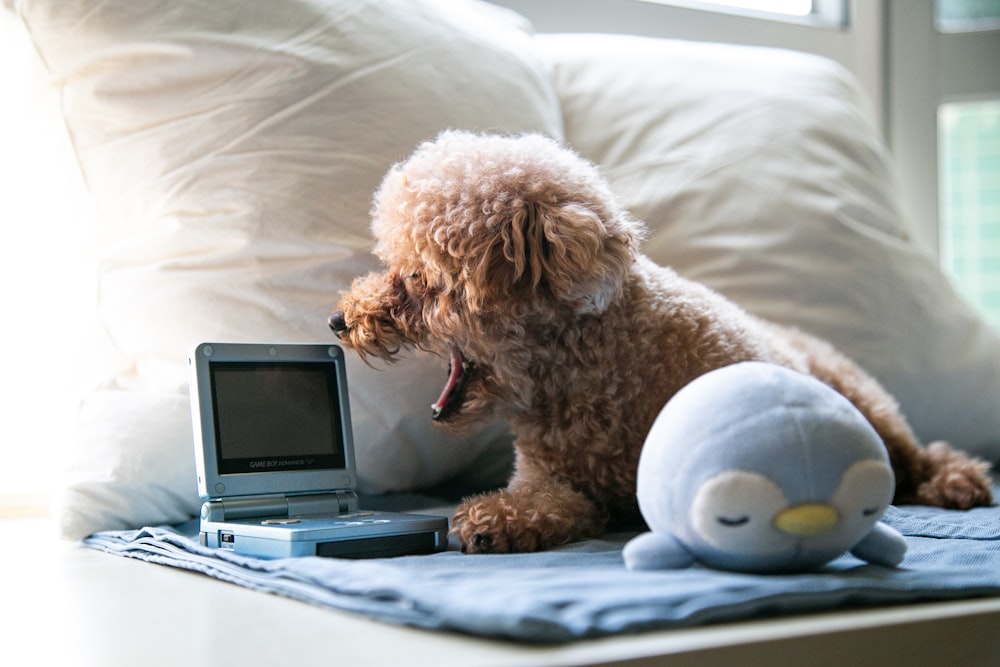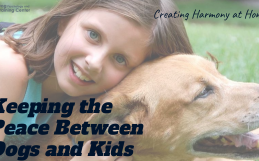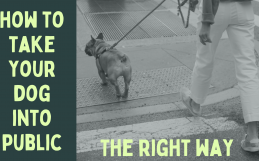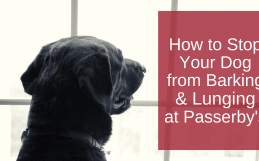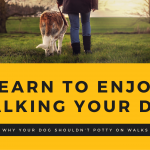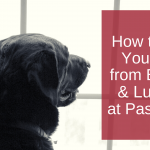How To Stop Your Dog From Chewing On Everything | Dog Training
A Guide to Saving Your Stuff and Your Mind
Why Do They Do It?
Does your puppy or dog have a problem with chewing on all of your stuff?
It can be extremely frustrating, but hopefully it eases your mind to know that the need to soothe their teeth is a very “normal” thing. But just because it’s normal doesn’t mean your dog should have free reign to whatever they choose around the house.
From the get go, puppies up until about six months of age, lose their teeth as they grow into adult dogs. Similar to the process of children, they enjoy chewing on things to cope with the pain and irritation as a result from the inflammation in their gums as their teeth pop through.
Chewing on objects may make them feel better, but it’s important they be taught what is acceptable and what is off limits.
Keep reading and we will teach you how to stop your dog from chewing on everything!
 Learning To Limit | Acceptable Toys
Learning To Limit | Acceptable Toys
Puppies enjoy harder toys when going through the teething process to help them strengthen their teeth on instinct. In the canine world, dogs are hunters and chewers, so this feels the most natural to them.
As you begin to train your puppy or dog, it’s important to remember that the more toys you allow them to have, the more entitled they will feel. It will be increasingly difficult for them to distinguish what they can and can’t chew on.
Just like with kids, the more you give them, the more they think is theirs. Limiting and cycling out toys on a regular basis is a great start.
5 Things You’ll Need
For a home with one to three dogs, you’ll need a maximum of 3-5 toys available daily in a variety of different textures. If you have more than three dogs, you’re welcome to have 7 or so toys in the same variety.
You’ll be rotating out their toys about every two to three weeks. Just take the current 3-5 toys that are out and then replace them with a batch of 3-5 new toys.
If your dog has a favorite toy, feel free to recycle it into the next batch.
Training Textures 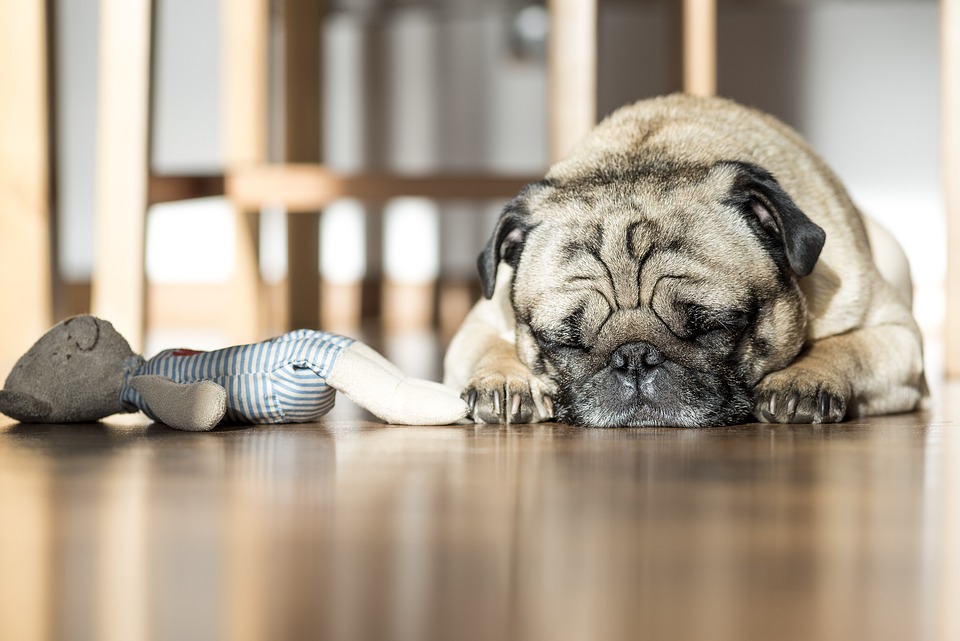
Soft Toys
- Canvas
- Materials like canvas work great as a soft, flat toy option. We definitely recommend staying away from toys with stuffing to avoid messes!
- Rope
- We know these can be a pain to clean up sometimes, but rope toys are super important! Not only do they help your puppies teething progression, but they also help clean their teeth, like flossing!
- Latex
- Recommended for smaller, toy breed dogs. If you have a puppy or dog that will exceed 10lbs as an adult, do not give them latex toys. They will be destroyed very quickly and can be swallowed, causing harm.
Rubbery toys
- Rubber
- Toys such as Kongs are a great option for this texture. These are somewhere between being hard and soft. Usually more grip like, they can be squeezed a little bit while still having a soothing effect on your dog’s teeth and gums.
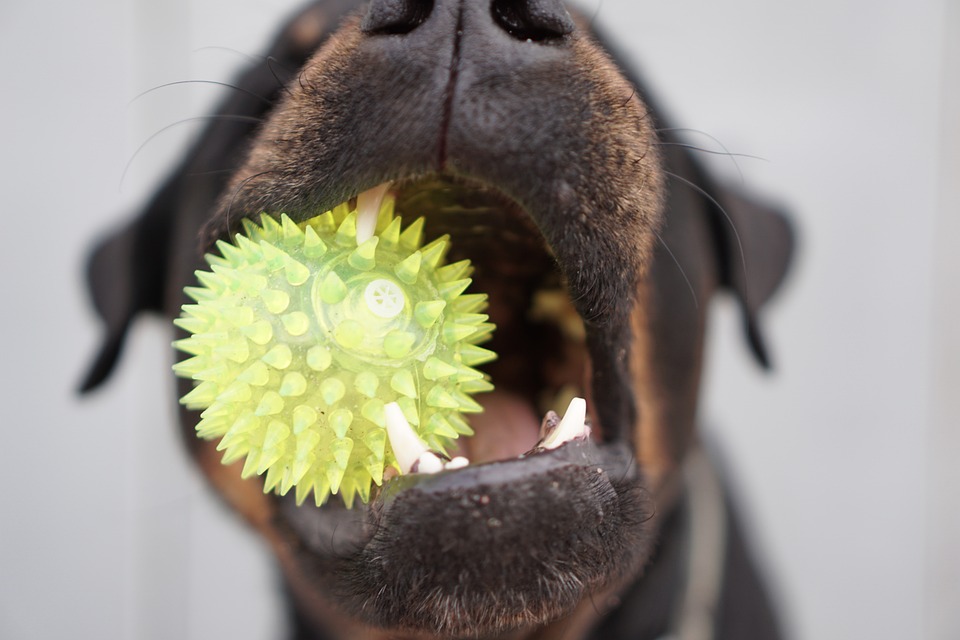 Hard toys
Hard toys
- Raw Bones
- These must be RAW and large enough to not be swallowed. Uncooked bones will splinter and may cause an avoidable injury to your pup.
- Nylabone Durachews (Puppies only)
- These ‘rubbery’ bone type chews are recommended for puppies 6 months and younger. There are a variety of different kinds of these, but you will still have to watch your dog closely the first time they have it.
- If your dog’s teeth become too strong for these, they’ll have the jaw power to rip them apart into smaller, shard-like, pieces. Always keep an eye out!
- These ‘rubbery’ bone type chews are recommended for puppies 6 months and younger. There are a variety of different kinds of these, but you will still have to watch your dog closely the first time they have it.
Keys To Success
Leash Training
The most important thing during this training is to have your puppy or dog on a 6ft leash, taking them everywhere with you to constantly supervise. It will need to be attached to you in some fashion whether you choose to hold it or wrap it around your wrist or ankle if you have a smaller dog. If you have a larger dog, just hold the leash. We don’t want you getting hurt. 😉
Baiting
You’re going to need to set a little trap for your puppy to partake in the bad behavior so you have the chance to immediately correct it. Remember, they have to be on leash during this or you won’t get the results you desire.
- Collect some items that you know your puppy has chewed on such as dirty clothes, tv remotes, toilet paper, towels, kid toys, boxes of snacks, etc…and place them around the room as they would normally be.
- Take one of the items and casually drop it on the floor as you walk across the room. Your dog will still be attached to the leash, so give yourself about 2-3ft of correction room from where you plan to stand or sit. It’s best to keep moving after you initially drop the item so your dog doesn’t catch on that you’re trying to set them up. Trust me, they will!
- Once you’re stationary, act as though your attention is elsewhere like being on your phone or picking up a book like you aren’t paying the object any mind but it’s still well within your vision.
- As your puppy or dog goes to sniff that item, give a gentle tug to the leash, say “no,” and direct them to one of their acceptable toys. Get overly excited about this toy by shaking it in your hand, squeaking it, anything considered overly obnoxious to get them to understand that this toy is WAY cooler than whatever they were about to snatch.
- Give them a moment and once they acknowledge their toy, begin to praise them in the way they respond the best too. We call this their Love Language. Whether that may be treats, words of affirmation, or petting.
Make it a Game | Have Fun!
No need to be super uptight about this process. Let your puppy have fun with it and make it a game, because they’re going to be forgetful about it sometimes. Their interests in items will change as they grow and this training will be continuous. If a new item in the home becomes problematic, just start the process over again. Eventually they will get into the habit of going to search for their own toys and leaving your stuff alone!
Still need help? – Post a comment
Leave a comment below if you need clarification on anything or if you have any other questions about your puppy.
Find “How To” Dog Training Videos HERE:
